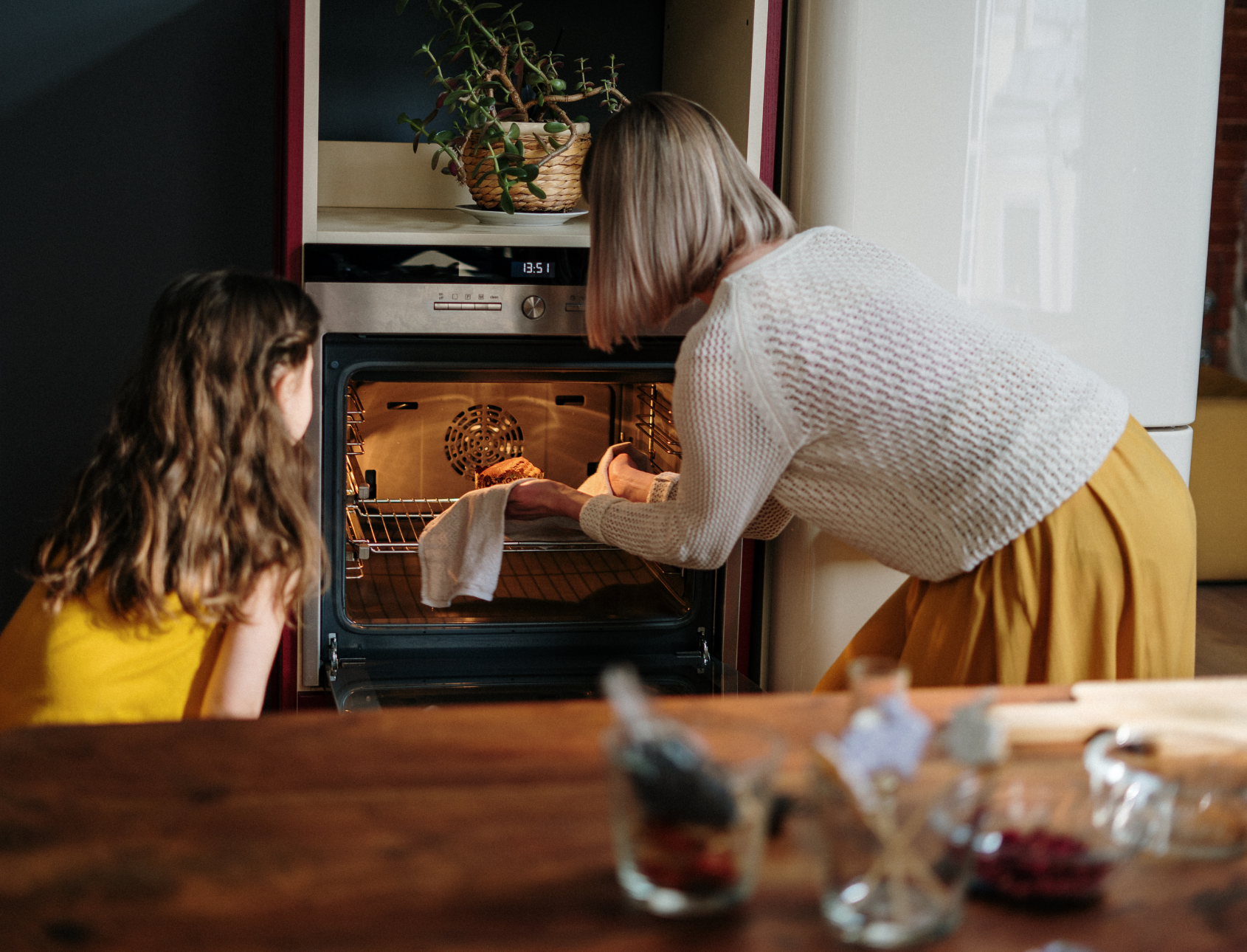How to Save Money on Electricity

The rising cost of living is hitting Kiwis hard and power prices are no exception.
If you’re feeling the pain in your pocket, you’re not alone. According to a recent Consumer Advocacy Council survey, the cost of energy in New Zealand is a key concern for many Kiwis. More than half of households surveyed were worried that electricity will become unaffordable over the next 10 years and 10% said they’d experienced payment pressure in the last 12 months. That’s concerning!
The Ministry of Business, Innovation and Employment (MBIE), which monitors energy prices, reported that residential electricity users experienced a 2.2% rise in costs in March 2022, compared with the year before. With energy costs an increasing factor in how we run our homes, it pays to look at common household appliances and what we can do to help keep costs down.
Energy Guzzlers
Residential energy usage has increased significantly in recent years due to the growth in our use of appliances and electronic devices. Most households have multiple electronic devices and appliances and we’re increasingly using energy-intensive appliances like heat pumps, dryers, fridges, and washing machines.
Here’s a breakdown of the appliances that use the most energy, how much they could be costing you, and some wallet-friendly options.
1. Heaters
New Zealand homes are often heated by heat pumps and electric heaters that consume a significant amount of energy during the winter months. According to BRANZ, space heaters occupy around 34% of your total household energy consumption.
Portable electric heaters are the most common heating appliance in Kiwi homes and they cost between 6c per hour (for a 250W heater) to 60c per hour (for a 2400W heater). A kilowatt of heat from an energy-efficient heat pump costs around 10c, compared with 30c from an electric heater.
Top tips: To save money with an electric heater, choose one with a higher wattage and a thermostat. You’ll get to a comfortable temperature more quickly without wasting energy. Use a heat pump for the room you spend most of your time in, or a wood burner if you have one.
2. Washing Machines & Dryers

Washers are considered double energy users, as they use hot water as well as electricity to complete their various cycles. And, for many months of the year, the weather in New Zealand is unsuitable for drying clothes outdoors. As a result, electric clothes dryers are becoming more common in our homes. Powershop estimates a washing machine costs 56c a day to run and a dryer 75c, if they’re used for 1.5 hours.
Top tips: Wash your clothes in cold water, as a hot wash can use 10 times more electricity, and always wash a full load. Use an outdoor clothesline to dry your clothes when possible, or consider putting up an internal line in your garage.
3. Electric Water Heaters
Hot water cylinders are the most common water heater in New Zealand. As they run constantly, they use a lot of energy to heat water for household use – around 29% of our total electricity consumption. According to Consumer NZ, it costs around 25c to heat 20 litres of water to 50°C.
Top tips: Shower, rather than bath and keep your showers short. Ensure your hot water cylinder is set to around 60°C – any higher is unnecessary.
4. Ovens & Stovetops

Cooking accounts for around 6% of your energy bill, but only around 10-15% is used to actually cook your food. It costs around 60c to cook a meal for an hour in your oven or to use two stove top elements.
Top tips: Don’t open your oven door unnecessarily, as this lets the heat out and make sure your pot or pan matches the size of your hob. Induction stovetops are the most efficient option. Also, use a microwave oven where possible.
5. Fridges & Freezers
Fridges and freezers are constantly running to keep food cold or frozen. They quietly operate in the background, but they occupy around 15% of our household electricity consumption.
Top tips: Make sure your fridge and/or freezer work properly. The most efficient fridges cost around $50 a year to operate, verses $150 for the least efficient. Also, check the seals and thermostats on your appliances and avoid leaving the door open for longer than necessary.
6. Entertainment Devices

The running cost for your TV depends on its size – ranging from $20 a year for a 24” to around $600 for a 98” screen. Entertainment devices tend to be left on standby, which can cause your energy bill to add up over time. TVs aren’t too bad, but if you add Sky decoders, gaming consoles, speaker docks, and sound bars, the costs can mount up!
Top tip: Switch your entertainment devices off at the wall, or unplug them if you aren’t using them, or if you only use them sporadically.
7. Lighting
Although there’s been a shift to more energy-efficient LED light bulbs, lighting still accounts for a big chunk of your home's energy use – around 8% of your total bill. Standard incandescent light bulbs cost 6c per hour to run, but LEDs use up to 85% less energy. LEDs also last around 50,000 hours each, much longer than 1000 hours for standard incandescent bulbs.
Top tips: Switch incandescent light bulbs for energy-efficient LEDs. This will save you money on consumption and they last a lot longer. Also, your nagging parents were right – get into the habit of switching lights off when you leave a room!
While prices continue to skyrocket, it’s somewhat comforting to know that we can adopt energy-conscious habits to reduce energy consumption and ultimately save money. There are also wider benefits when it comes to conserving energy as reducing wastage contributes to a more sustainable, affordable, and resilient energy landscape. Small adjustments today can make a substantial impact tomorrow!